
They’re big ‘n furry and they got themselves some musical instruments to entertain folks. Sit on down in the auditorium, get off yer feet, and enjoy Country Bear Jamboree. Clap yer hands and stomp yer feet but don’t be taking any flash photos until the grand finale. Feel free to photograph Liverlips, Henry, Big Al, Trixie, Bunny, Beulah, Bubbles, Zed, Ted, Zeke, Tennessee, and Teddy Beara during the show without using the camera’s flash.
Point and shoot cameras have various modes you may have tried such as Auto, Night Scene, and Party. Your camera may also offer you the ability to control settings manually. You can change the shutterspeed (how fast the camera takes the photo) and the f-stop or aperature (how much light is allowed through the lens). By opening up the f-stop (lower numbers let in more light, ie 2.8 is brighter than 5.6) you can shoot faster. It also helps if you increase the ISO which is the film speed.
For example…

I used Manual and chose all of the settings. ISO 800, f3.5, and 1/60 I did this without zooming in and so they are small. Well, they only look small. These are bears we’re talking about here.

See now this time I used the optical zoom to fill the frame but kept all of the same settings. A high ISO for low light, f-stop that’s as low is it can go, and a shutterspeed that’s in the middle as far as capturing slow movement is concerned. My Canon PowerShot SX100 IS even caught Zeke winking at me, that flirty fella.

Switching to Night Scene for the above and below shots, you should see several differences. The photos aren’t as sharp becaue the camera slows down the shutterspeed to 1/13 and lowers the ISO all the way to 250. Another major difference is that a lower ISO of 250 is smoother than 800, this is most obvious in the background.

Now you might be askin’ yerselves, now what in tarnation is that camera thinkin’? I told it it’s night time, it’s dark out! That’s correct and the camera is thinkin’ that you are using a tripod or placing it on a flat surface and so it can use a slower shutterspeed to soak up all of the available light. With a lower ISO you’ll have more vivid colors and less noise (digital film grain).
Another example…

For this picture of Big Al, I set my camera to Auto and let it do all the thinking for me. You will most likely need to turn off your flash when using Auto. Simply press the button with a lightning bolt symbol and scroll over until you see the same icon inside a circle with a diagonal line through it.
![]()

Here I kept using the Auto mode however I pushed on the ISO button on my camera and selected High ISO.
Now here’s the weird part. This shot was taken with ISO 800 and a shutterspeed of 1/25. The first picture of Big Al was taken with ISO 640 and a shutterspeed of 1/30. This is weird because the 2nd picture should have been the one taken with a faster shutterspeed. I’m pretty sure the stage lighting didn’t change. It just goes to show you that when you use scene modes or Auto, there’s always that chance the camera’s going to select settings that you wouldn’t choose manually.
A major benefit of digital photography is viewing your photo after you take it allowing you to change settings and try again.

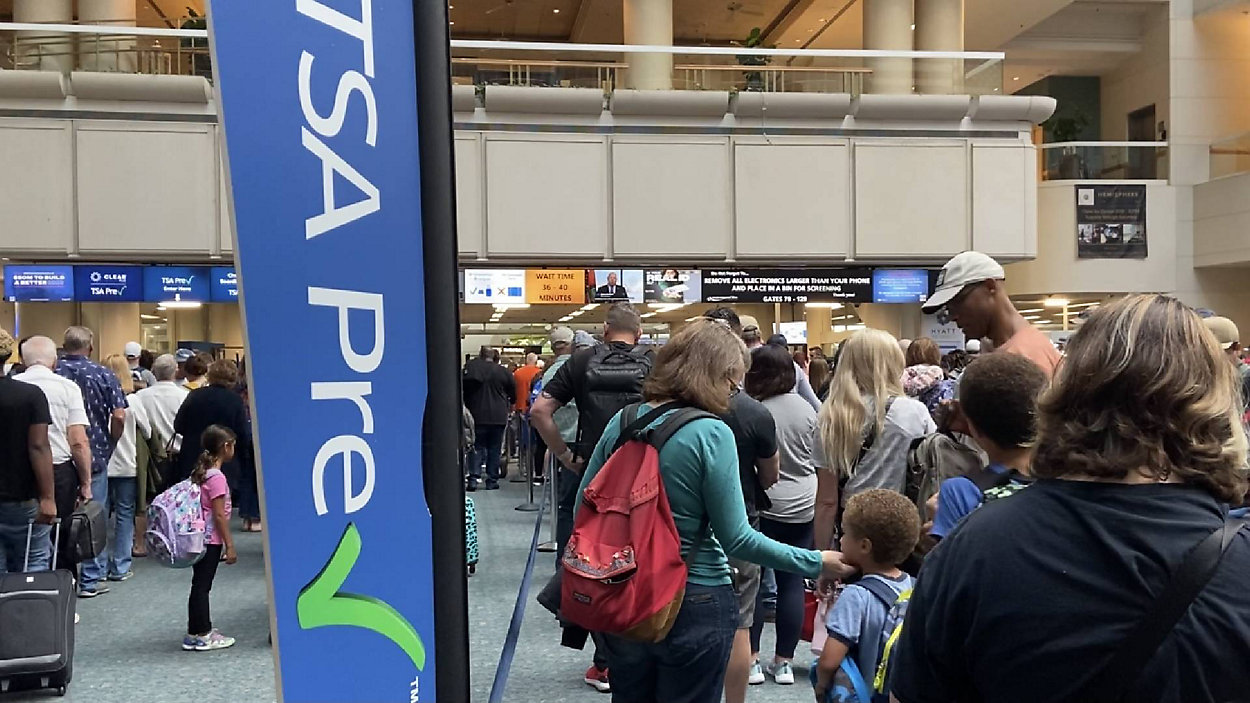
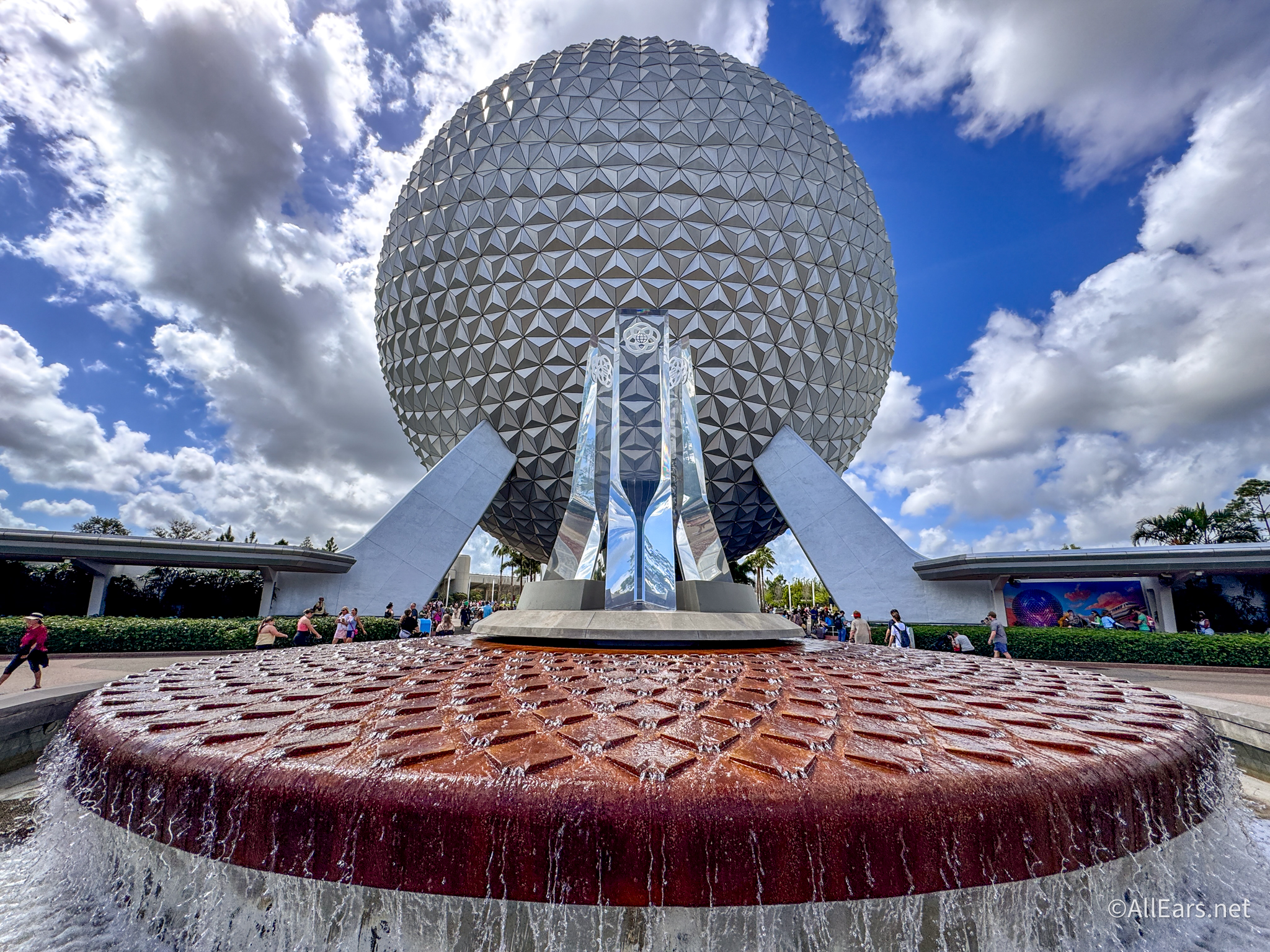
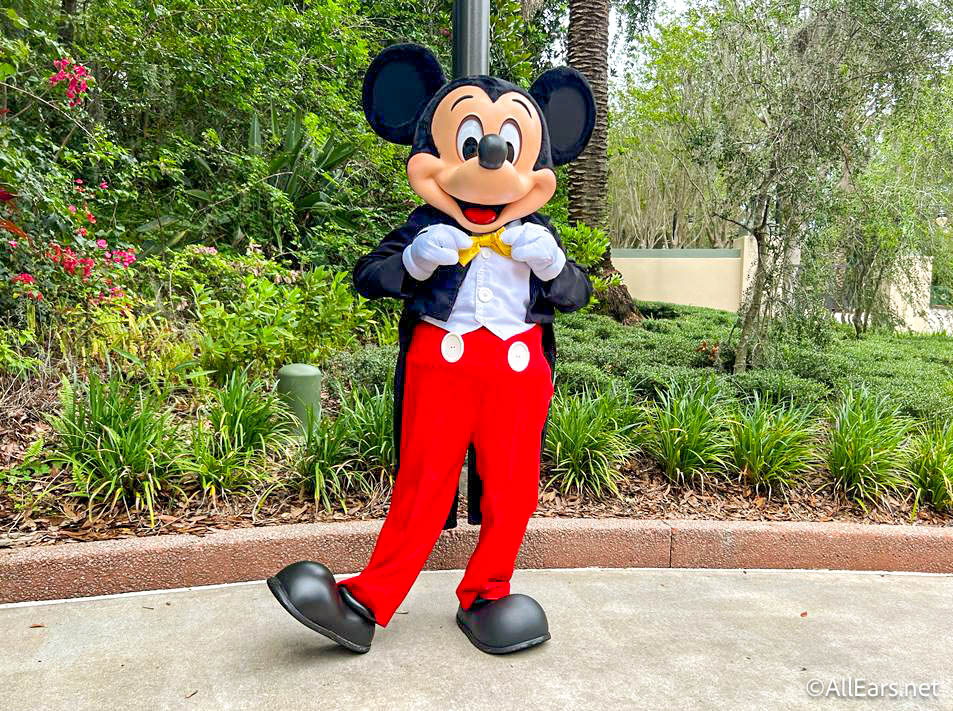
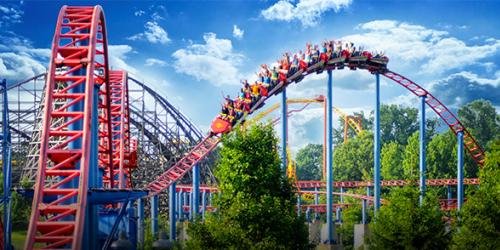
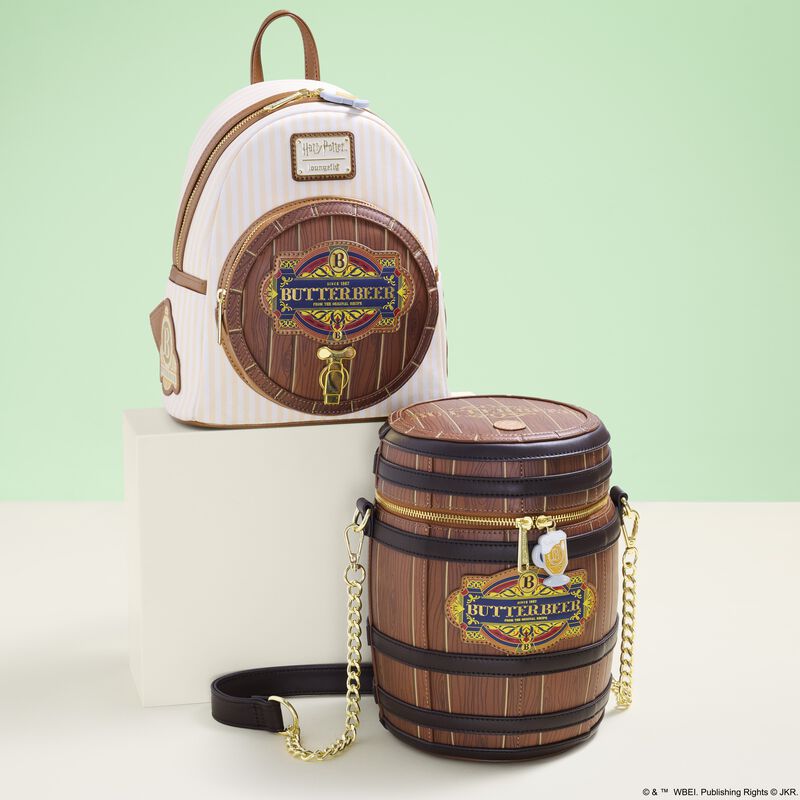

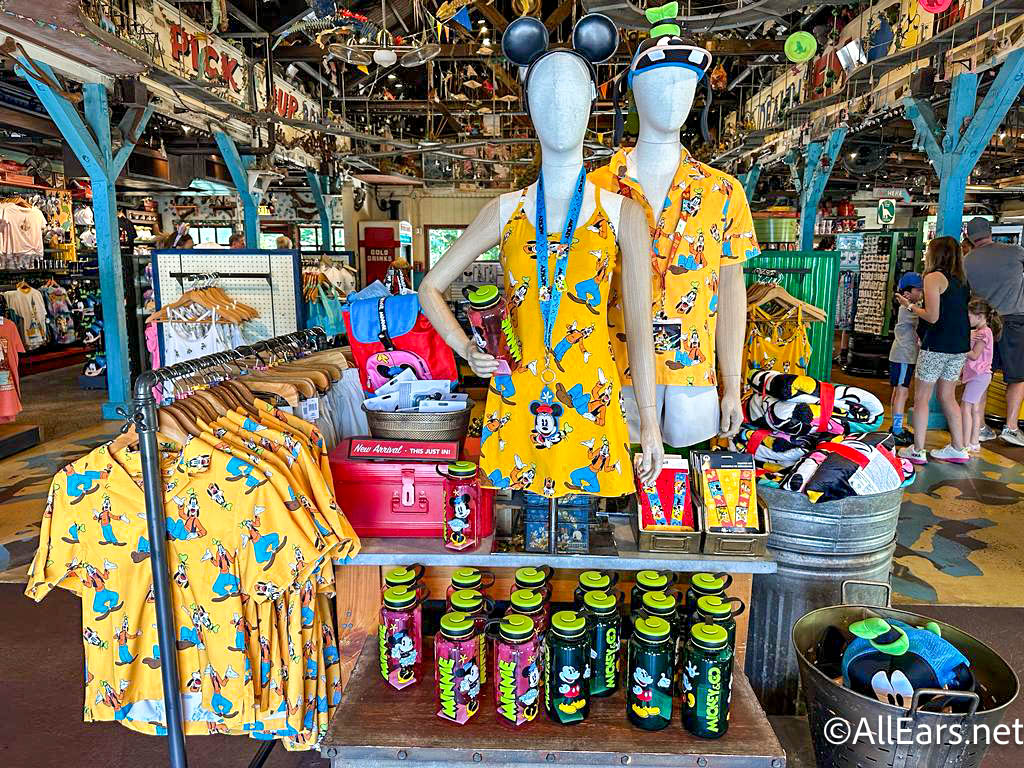
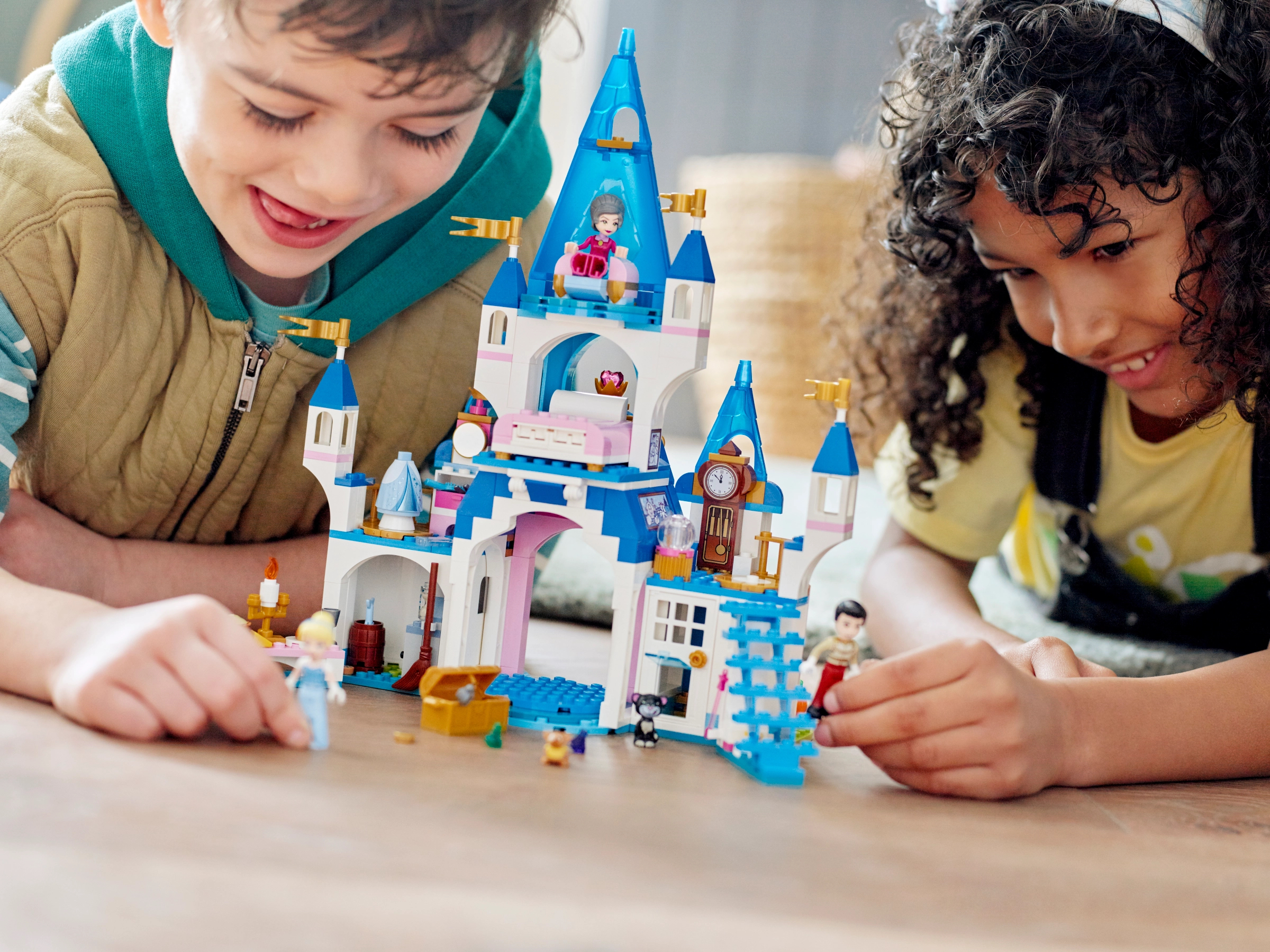
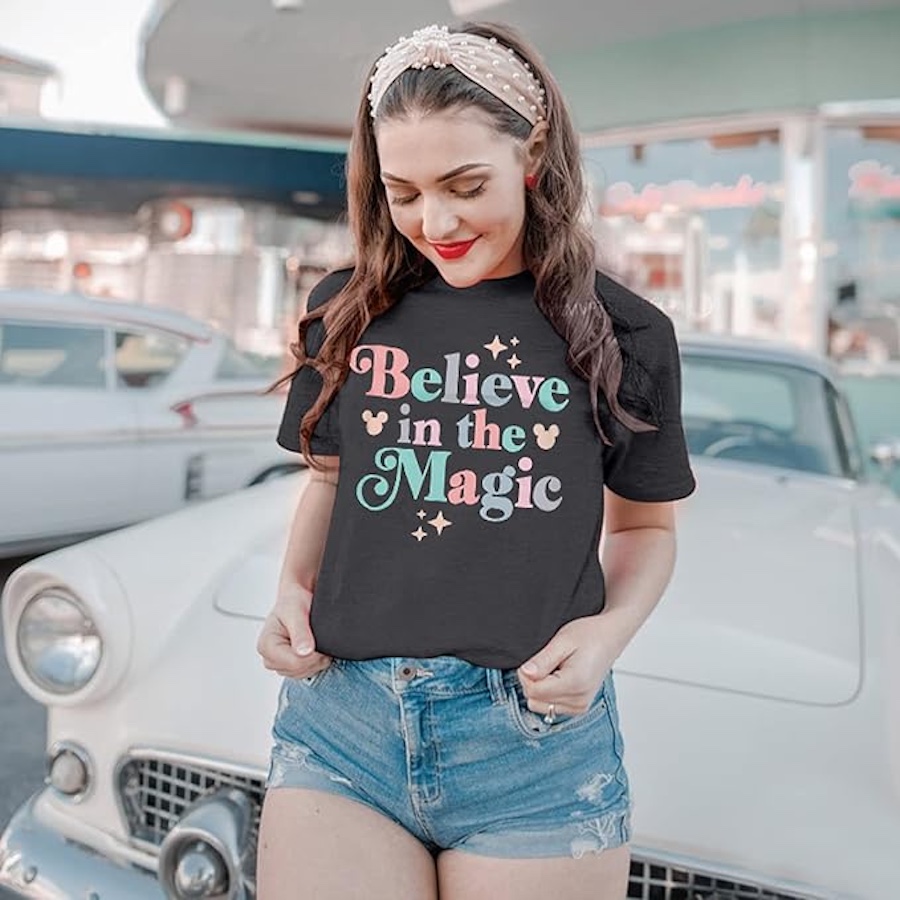
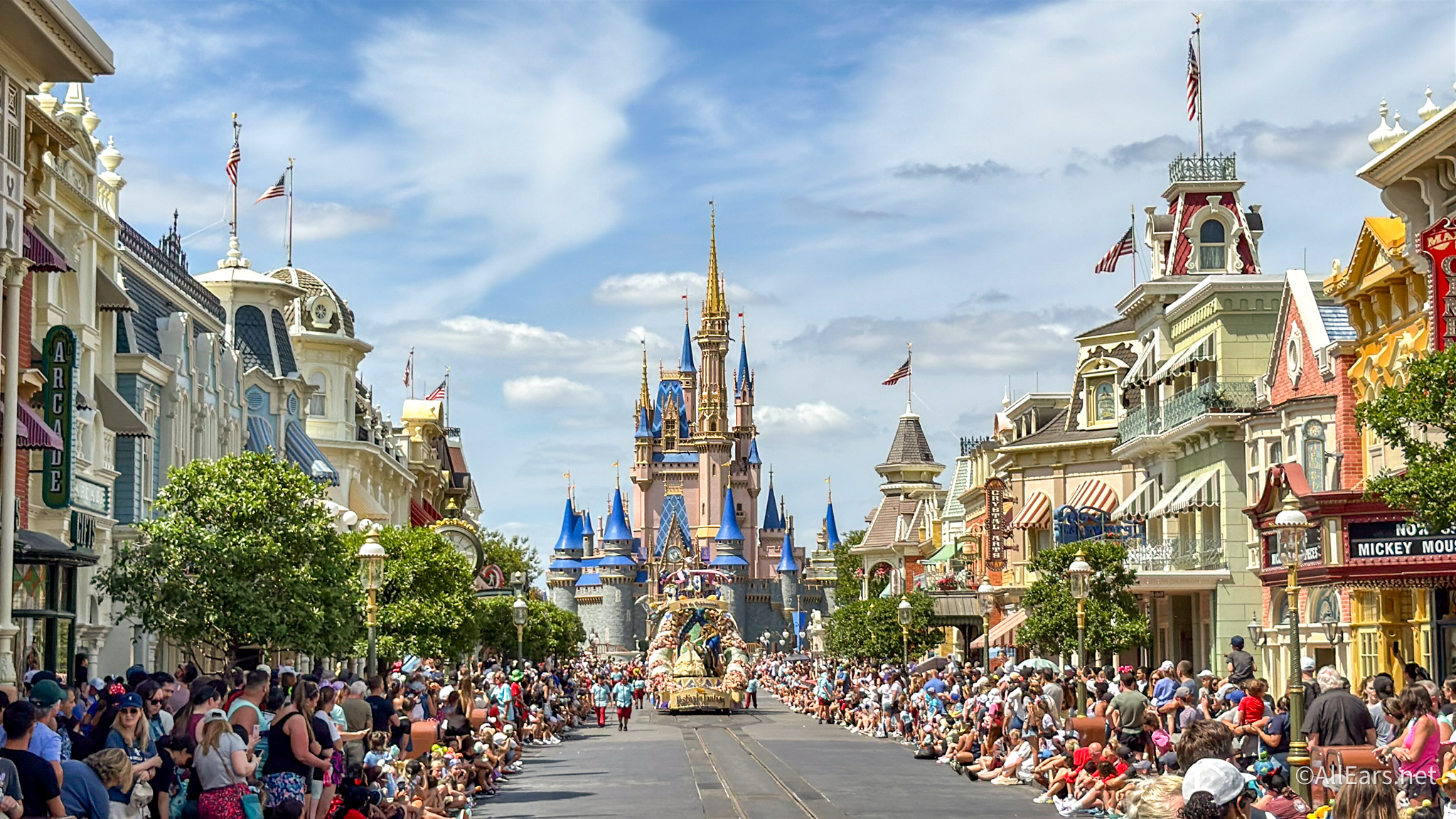
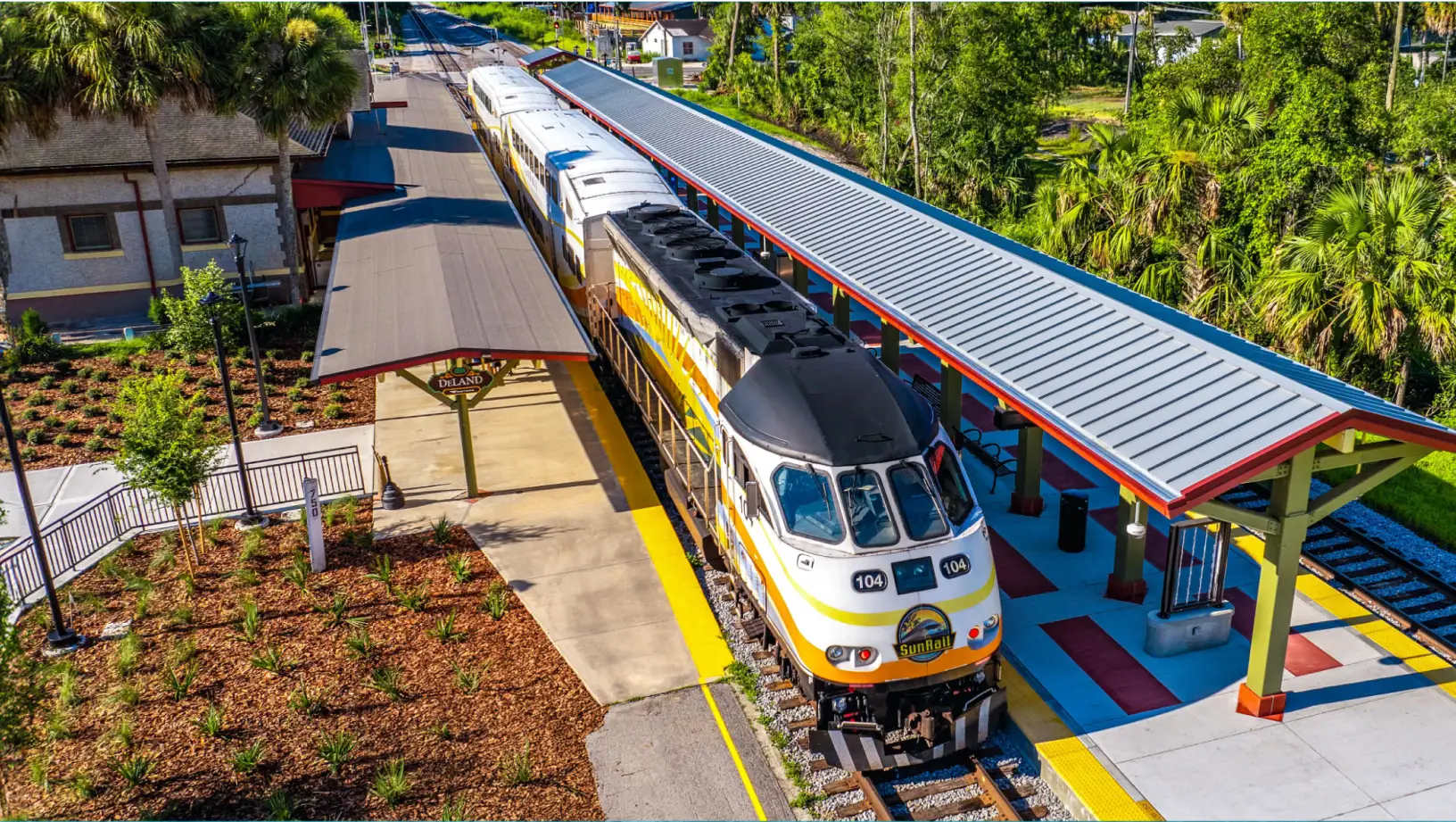
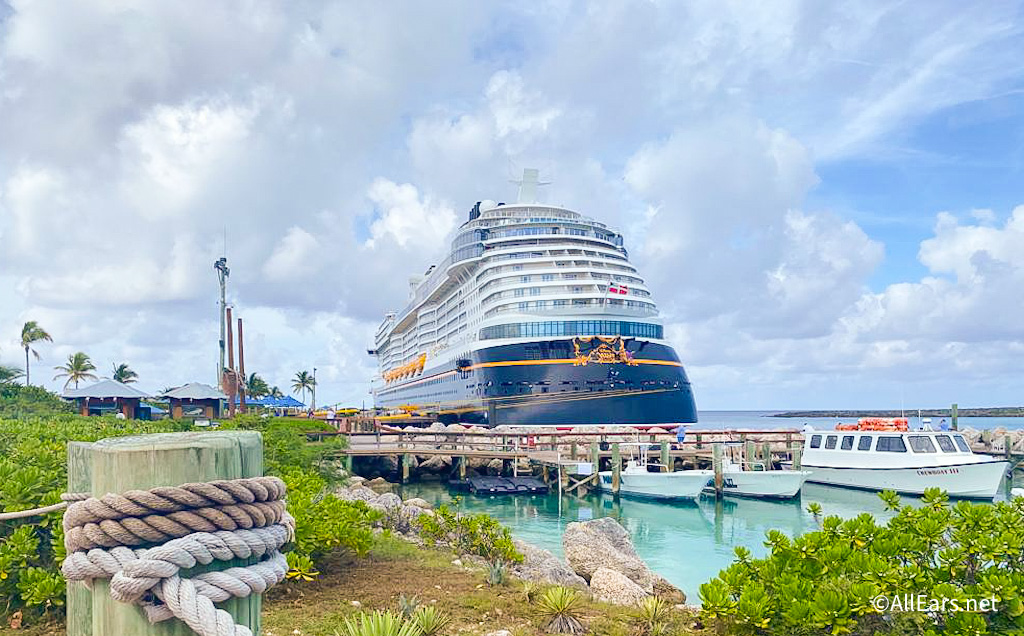
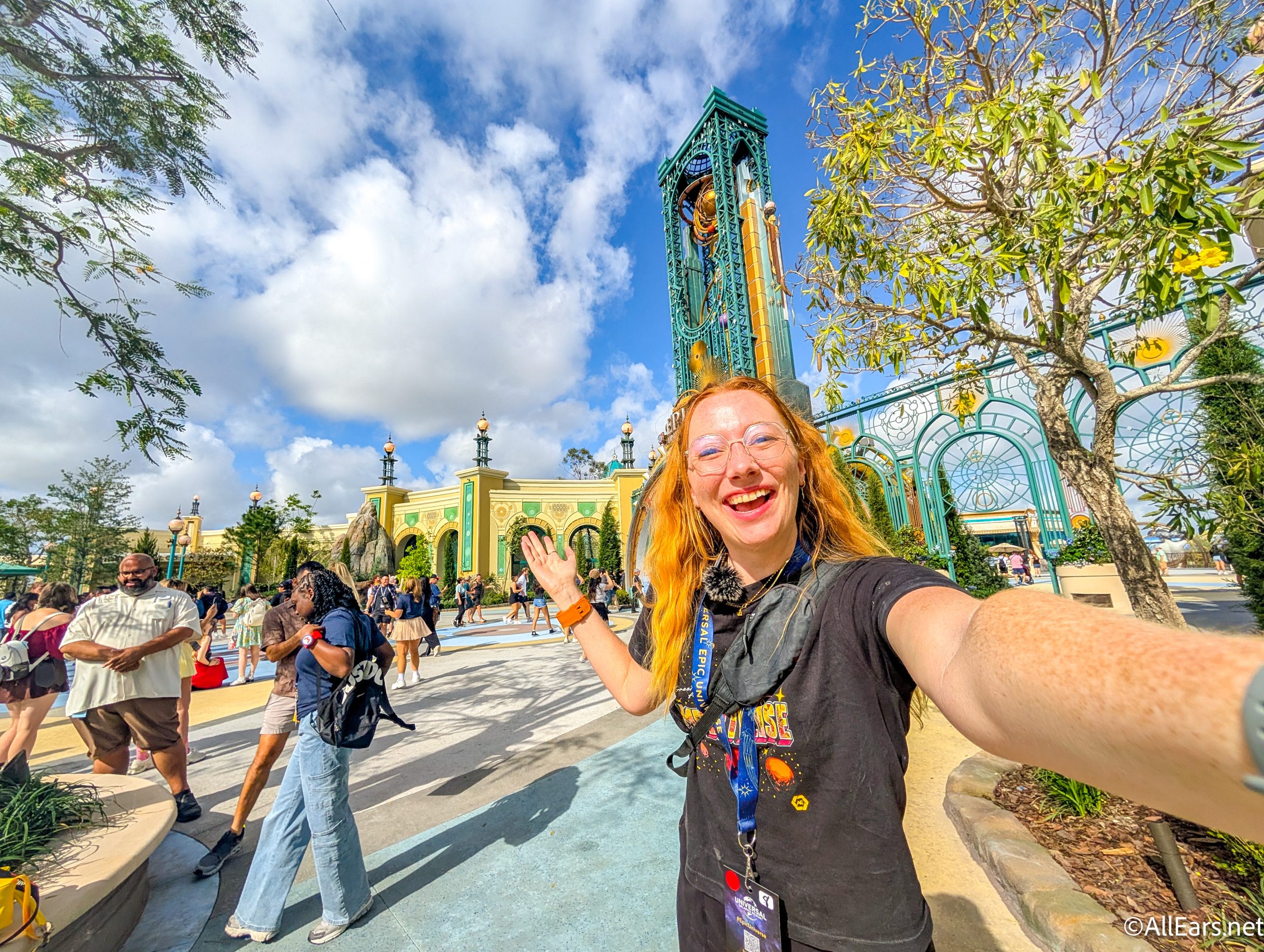

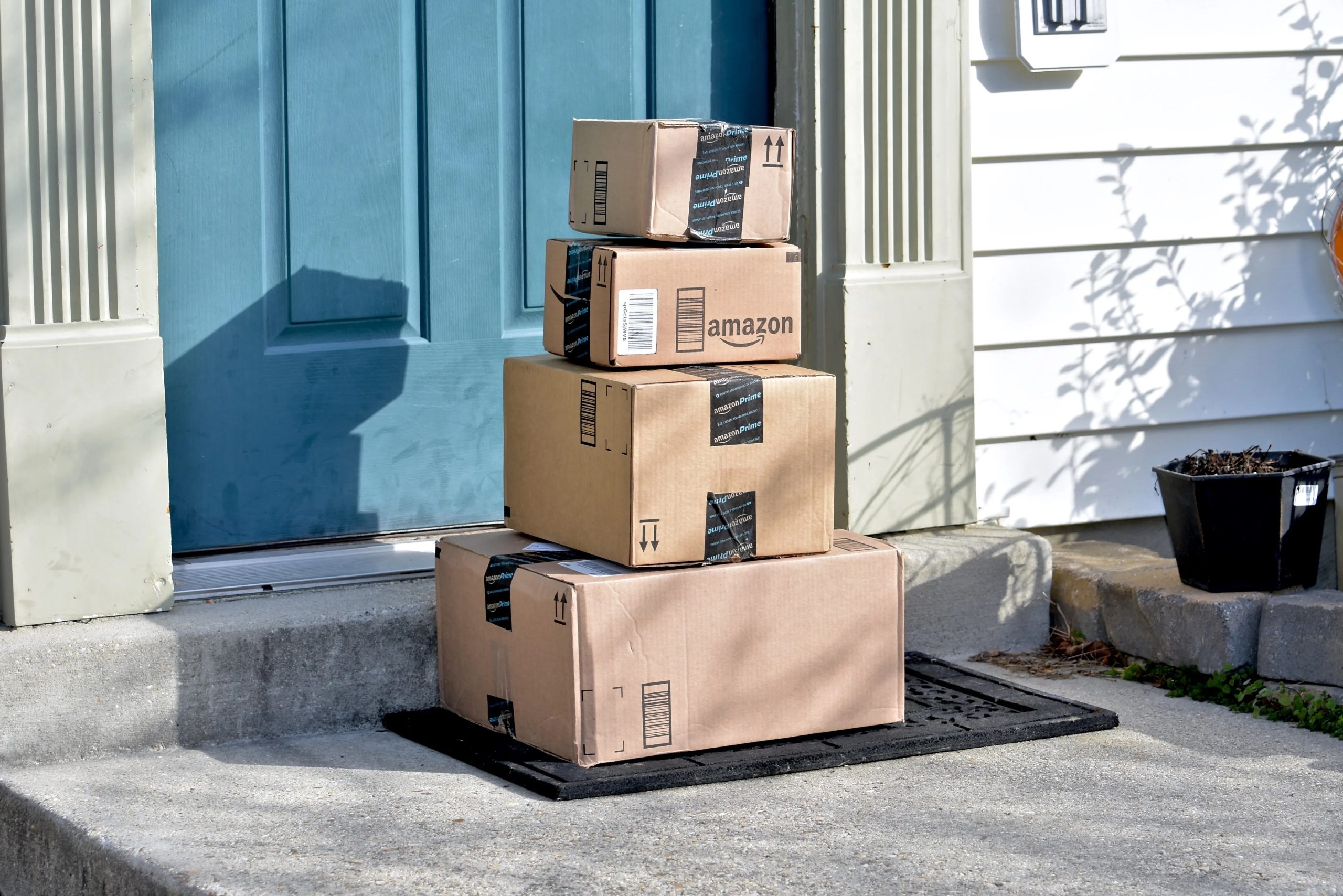
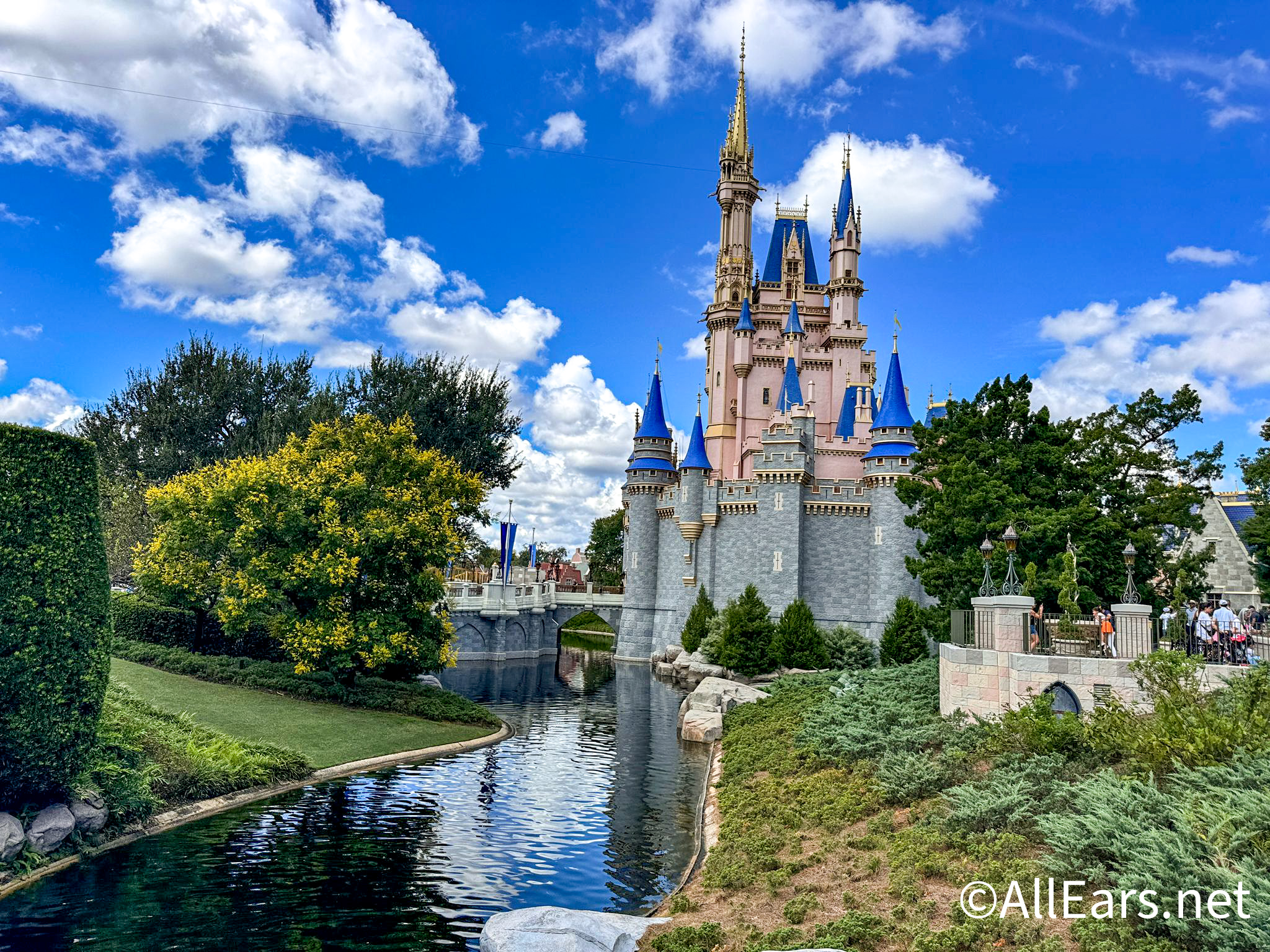
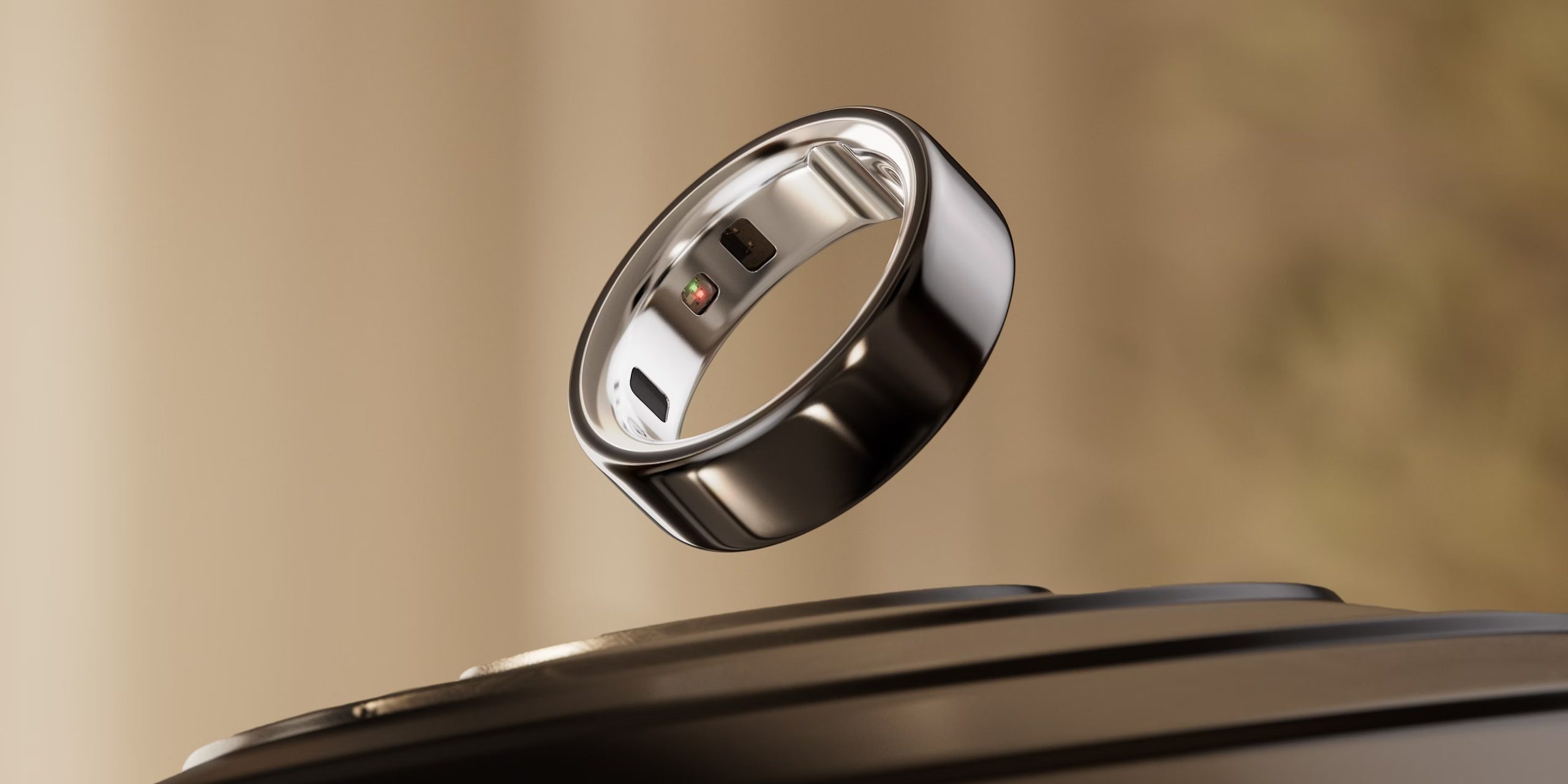
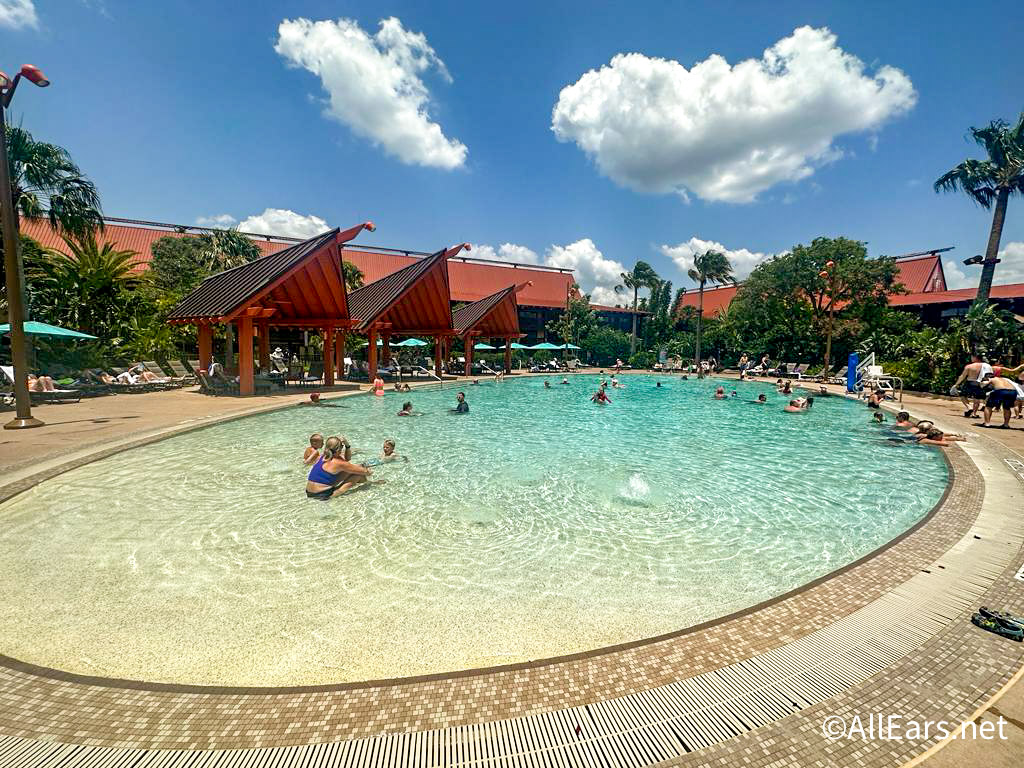

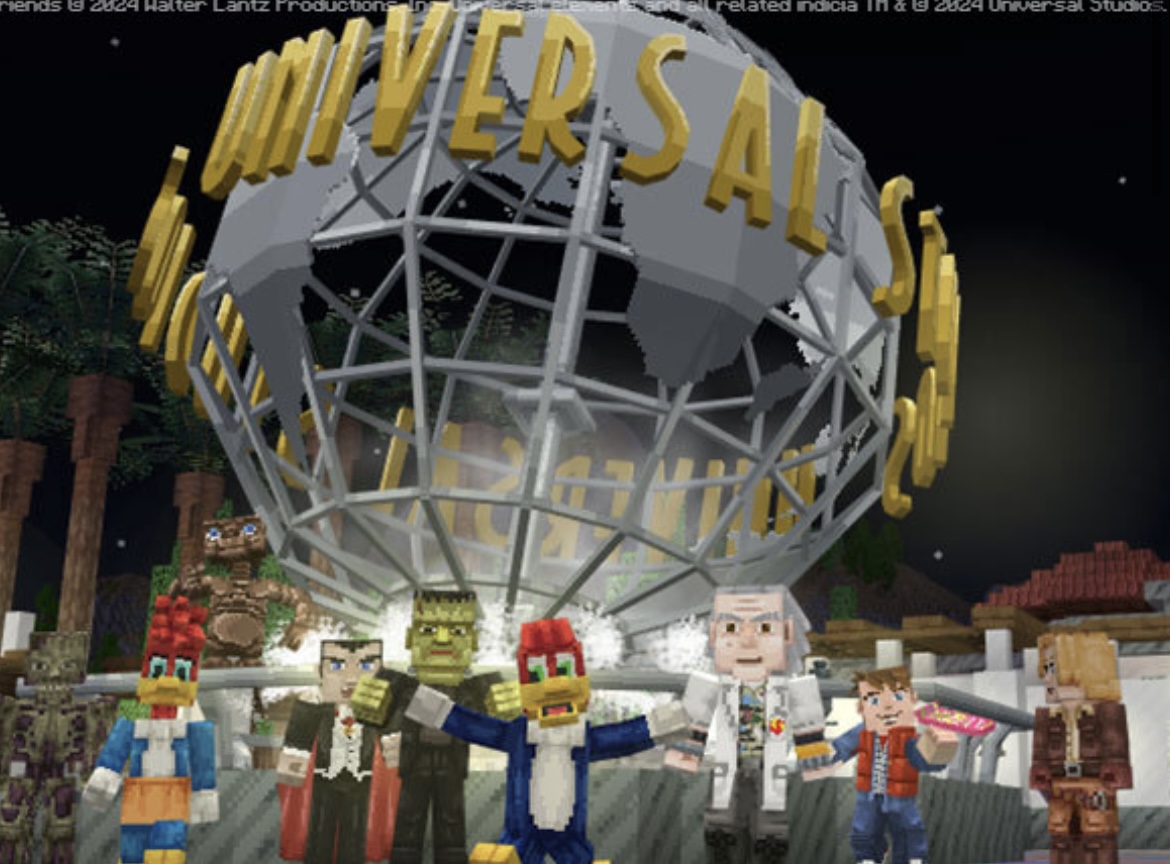

Thanks Lisa! What a great article! I am still a newbie to the ‘Manual’ setting of my Canon S5IS and seeing side by side comparison photos shot at various settings is great. I’ve recently started reviewing 3 years of WDW photos I’ve taken (2 years with a HP P&S, 1 year with the Canon S5IS on Auto mode) and I’m actually looking at the f/stop, ISO and shutterspeed the photos were taken at. The photos that didn’t turn out as well as I had hoped, I now understand why AND I know what to do next time to correct it. Articles like this one is re-affirming the methodology I am gradually learning. Keep it up!
Lisa responds: Yay! I’m delighted to be able to offer advice and education. Thanks for reading Picture This!
Thanks for this post Lisa! I’m still working on learning all these different camera settings and seeing the results of the different settings on the same subject is extremely helpful! 🙂
Lisa responds: Fantastic! It’s nice to get feedback from readers. Thanks for taking the time to comment.